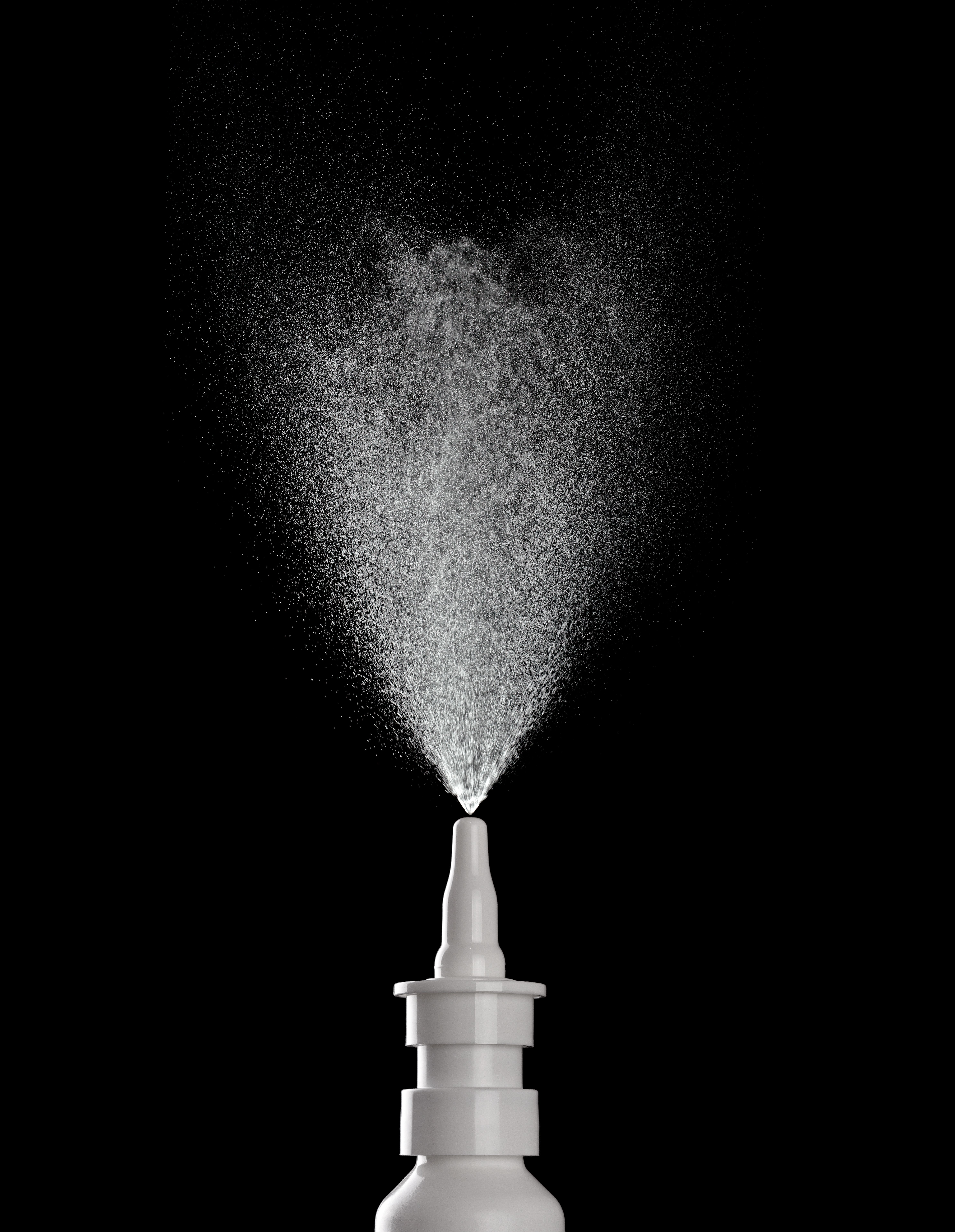- Clinical Technology
- Adult Immunization
- Hepatology
- Pediatric Immunization
- Screening
- Psychiatry
- Allergy
- Women's Health
- Cardiology
- Pediatrics
- Dermatology
- Endocrinology
- Pain Management
- Gastroenterology
- Infectious Disease
- Obesity Medicine
- Rheumatology
- Nephrology
- Neurology
- Pulmonology
Real-World Study Shows Intranasal Epinephrine Effectively Treats Most Allergic Reactions with a Single Dose
Intranasal epinephrine emerges as a promising, needle-free solution for treating severe allergic reactions, showing high effectiveness and usability in clinical settings.
©Lumos SP/AdobeStock

Real-world data presented at the 2025 American College of Allergy, Asthma & Immunology (ACAAI) Annual Scientific Meeting suggest that intranasal epinephrine spray (neffy) may offer an effective, needle-free alternative for treatment of severe allergic reactions, including anaphylaxis.1
ARS Pharmaceuticals reported outcomes from an experience-program survey evaluating use of the FDA-approved intranasal epinephrine 2-mg spray in clinical practice settings. The findings were also detailed in a late-breaking oral abstract, Real World Data on the Effectiveness of Epinephrine Nasal Spray in Clinical Practice – Update.1,2
Single dose effective in nearly 90% of treated patients
Among 2947 health care professionals (HCPs) participating in the program, 375 reported administering the intranasal spray in a combined 680 patients who experienced allergic reactions, including anaphylaxis following oral food challenges (OFCs) or allergen immunotherapy.1
According to survey responses1:
- 603 of 680 patients (88.7%) were effectively treated with a single dose of intranasal epinephrine.
- 77 patients (11.3%) required a second dose, a rate comparable to published reports for food-induced anaphylaxis (11.1%) and lower than rates reported following allergen immunotherapy (30.5%).
These real-world dosing patterns were described in the abstract as “similar to injectable epinephrine rate.” Both clinicians and patients rated usability highly, with mean ease-of-use scores of 6.6/7 (HCPs) and 6.5/7 (patients).1
Comparable clinical performance to injectable epinephrine
Investigators concluded that intranasal epinephrine, the first FDA-approved needle-free epinephrine product for emergency treatment of severe allergic reactions, “demonstrated clinical efficacy comparable to that expected for epinephrine injection products and was judged easy to use by both HCPs and patients.” The authors noted that the product represents “an effective alternative to injectable epinephrine.”1
Real-world case reports presented at ACAAI further described intranasal epinephrine use in anaphylaxis occurring during OFCs, allergen immunotherapy, and routine allergy clinic encounters.2
Growing clinical experience highlighted at ACAAI 2025
ARS Pharma’s presence at the meeting included one late-breaking oral abstract and 6 poster presentations addressing topics such as device usability, dosing rationale, temperature stability, and caregiver anxiety. Case presentations further detailed clinical experiences across pediatric and adult populations.2
“These real-world data provide strong support for intranasal epinephrine and mark a turning point in the treatment of severe allergies,” Jonathan Spergel, MD, PhD, professor of pediatrics and chief of the allergy program at Children’s Hospital of Philadelphia, said in a press release. “The consistency of outcomes across diverse patient populations and clinical settings gives us confidence that intranasal epinephrine delivers the same reliable effectiveness as an injection. With this evidence, we believe clinicians, as well as patients and their families, can feel assured that needle-free administration is not only convenient, but equally powerful in treating anaphylaxis.”2
The intranasal product is indicated in the US for emergency treatment of type I allergic reactions, including anaphylaxis, in adults and children aged ≥4 years who weigh ≥33 lb.
According to background information provided by ARS Pharma, approximately 40 million persons in the US experience type I allergic reactions. Despite this, only 3.2 million individuals filled an epinephrine autoinjector prescription in 2023, and only half reportedly carried the device. Fear of needles, device complexity, and delayed administration are well-documented barriers to optimal autoinjector use. Needle-free options may help address some of these challenges.2
The new real-world findings build on pharmacokinetic, pharmacodynamic, and phase 3 OFC trial data supporting intranasal epinephrine. Additional analyses—including temperature stability, ocular exposure safety, and patient-reported anxiety—were also presented and may inform future clinical adoption.2
References:
- Casale T, Spergel J, Fleischer D, Tanimoto S. Real world data on the effectiveness of epinephrine nasal spray in clinical practice-update. Ann Allergy Asthma Immunol. 2025;135:S2-S4. doi:10.1016/j.anai.2025.10.018
- ARS Pharma to Present Real-World Data on Intranasal Epinephrine at 2025 American College of Allergy, Asthma & Immunology (ACAAI) Annual Scientific Meeting. News release. ARS Pharmaceuticals. November 3, 2025. Accessed November 13, 2025.
